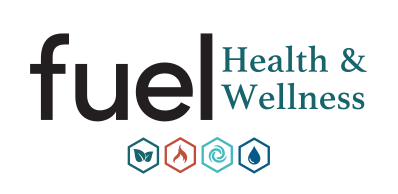When you hear about stretch therapy, the first thing that possibly pops into your mind is a picture of a person stretching before or after their workout or yoga. While this could be a component of stretch exercise, the scientific purpose of stretch therapy goes beyond that.
Stretch therapy involves the scientific application of a wide range of techniques to manage and treat physical conditions characterized by muscle tightness and restricted joint movement. Stretch therapy is a vital component of fitness training that helps prevent injuries while increasing your performance. The good thing about stretch therapy is that it is appropriate for all ages, and you don’t have to be an active athlete or gym rat to enjoy its benefits. With stretch therapy, there is an exercise for everybody that would improve your flexibility and make you generally feel good.
Stretch Therapy Techniques
There are different techniques that your physical therapist may recommend to help improve flexibility and increase your range of motion. The different techniques to be used will depend on your current state and what you hope to achieve. Common stretch therapy techniques include:
Myofascial Release Techniques
These are techniques that apply external pressure directly to your tissues in order to reduce stiffness and improve mobility. They generally include massage from massage therapists and self-massage with foam rollers or lacrosse ball massage.
Passive Stretching Techniques
These are the more common stretching techniques that involve stretching body parts to the point of mild discomfort for a couple of seconds. These techniques improve your joint’s range of motion.
Active Stretching Techniques
With these stretching techniques, you move your joints through a range of motion to increase their range over time through repetition. To get the most of these techniques, you should perform them after myofascial release and passive stretching.
Partner-Assisted Stretching Techniques
This type of stretch therapy is best performed with a professional, such as a physical therapist. They typically involve relying on your partner to provide manual resistance and
assist you while doing your stretch exercises. This is particularly helpful if you are recovering from an injury.
Benefits of Stretch Therapy
Stretch therapy should be conducted by a licensed physical therapist who is well knowledgeable about the working of the body for you to enjoy its full benefits. Your physical therapist would first evaluate your body and identify the stiff areas that need to be relaxed. They would then design a customized stretch therapy plan to help you achieve your goals. Some of the benefits of professional stretch therapy are:
Improved Muscle Flexibility
One of the biggest benefits of stretch therapy is that you gain better muscle flexibility. This is because the receptors that control the contraction and relaxation of your muscles are stimulated during stretching exercises. While this results in the short-term relaxation of your muscle fibers, stretching exercises cause more permanent elongation of the muscle fibers, making you more flexible.
Prevents Injuries
Due to the improved flexibility and joint motion gained through stretch therapy, you are less likely to sustain injuries while doing activities, especially if you are into sports. Older adults also benefit as they can improve their motion and do more without the risk of injury.
Would you like to know more about stretch therapy and how it would be beneficial to your health? Book an appointment with Dr. Eric Broadworth at Fuel Physical Therapy in Grand Rapids, MI, to get a consultation.


